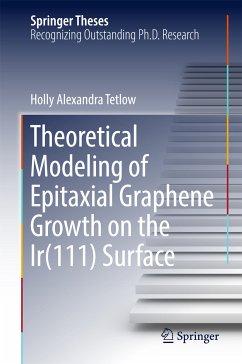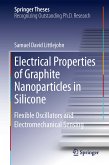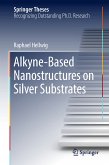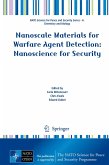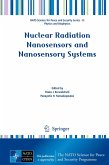In turn, the thesis explores the nucleation of carbon clusters on the surface from C monomers prior to graphene formation. Small arch-shaped clusters containing four to six C atoms, which may be key in graphene formation, are predicted to be long-lived on the surface.
In closing, the healing of single vacancy defects in the graphene/Ir(111) surface is investigated, and attempts to heal said defects using ethylene molecules is simulated with molecular dynamics and NEB calculated energy barriers.
Dieser Download kann aus rechtlichen Gründen nur mit Rechnungsadresse in A, B, BG, CY, CZ, D, DK, EW, E, FIN, F, GR, HR, H, IRL, I, LT, L, LR, M, NL, PL, P, R, S, SLO, SK ausgeliefert werden.

